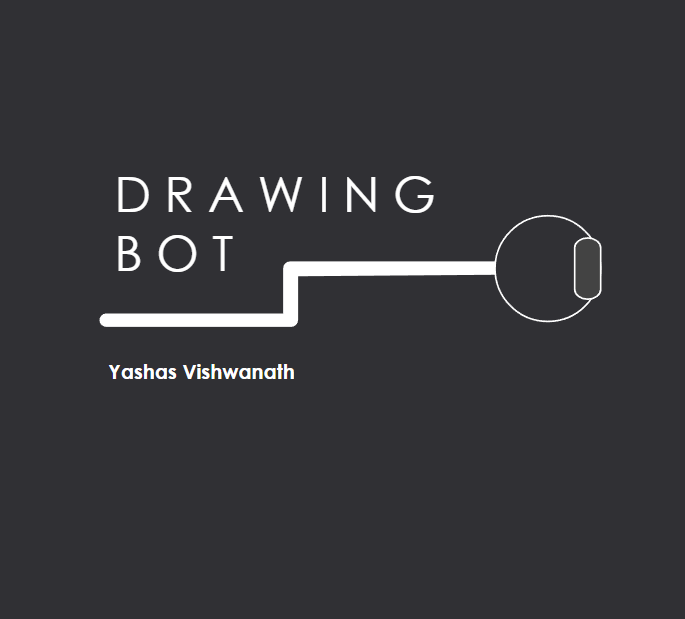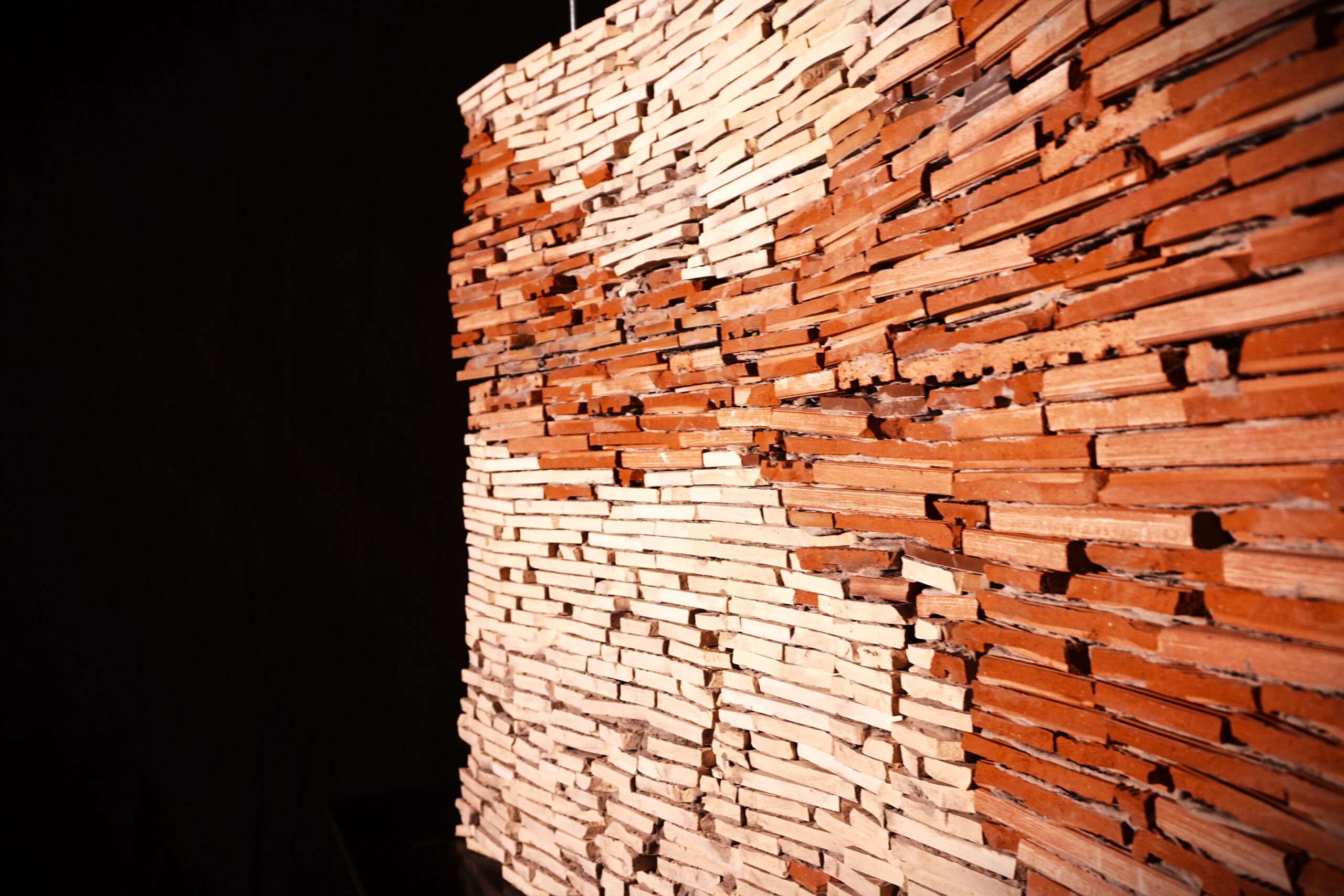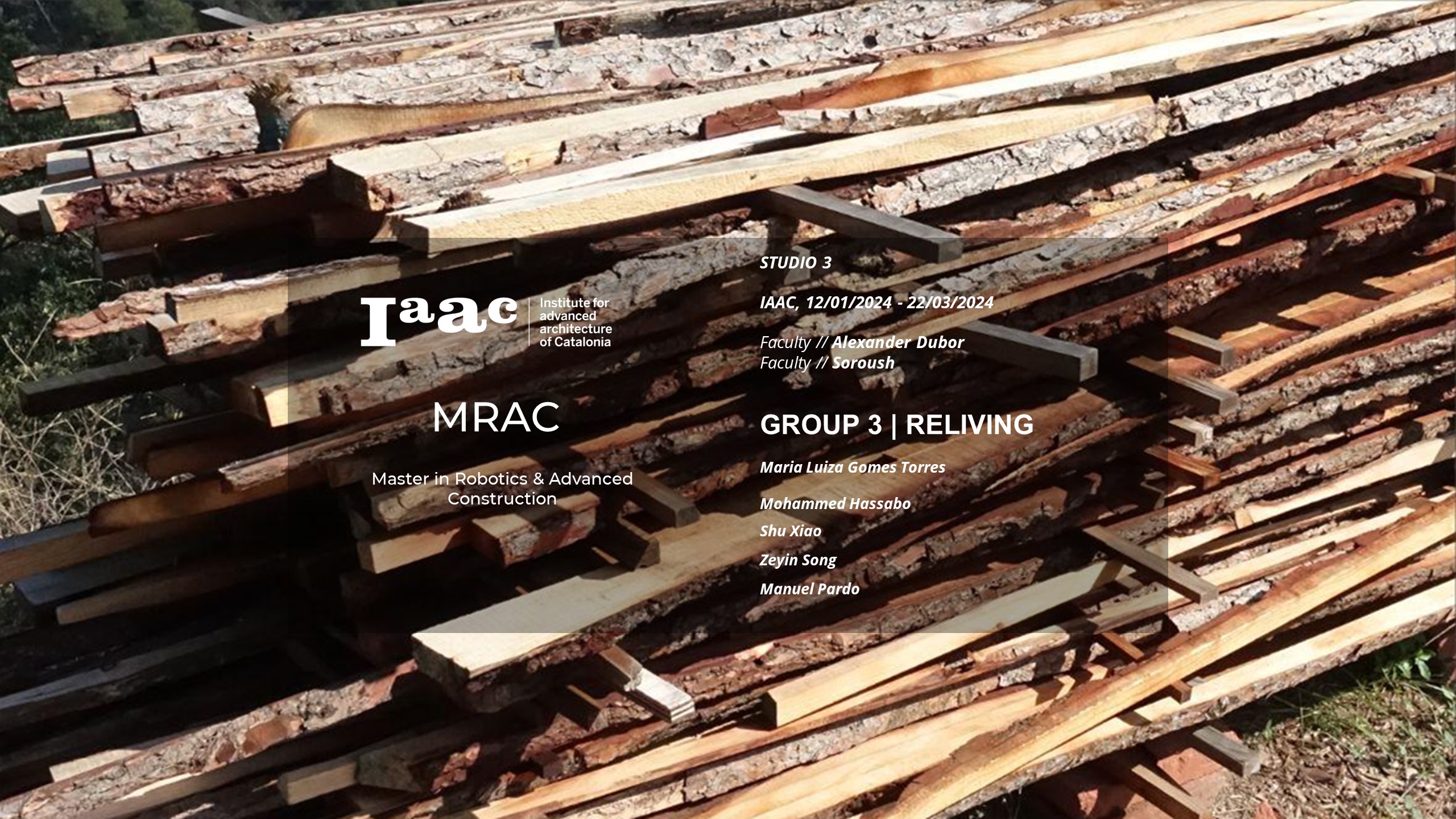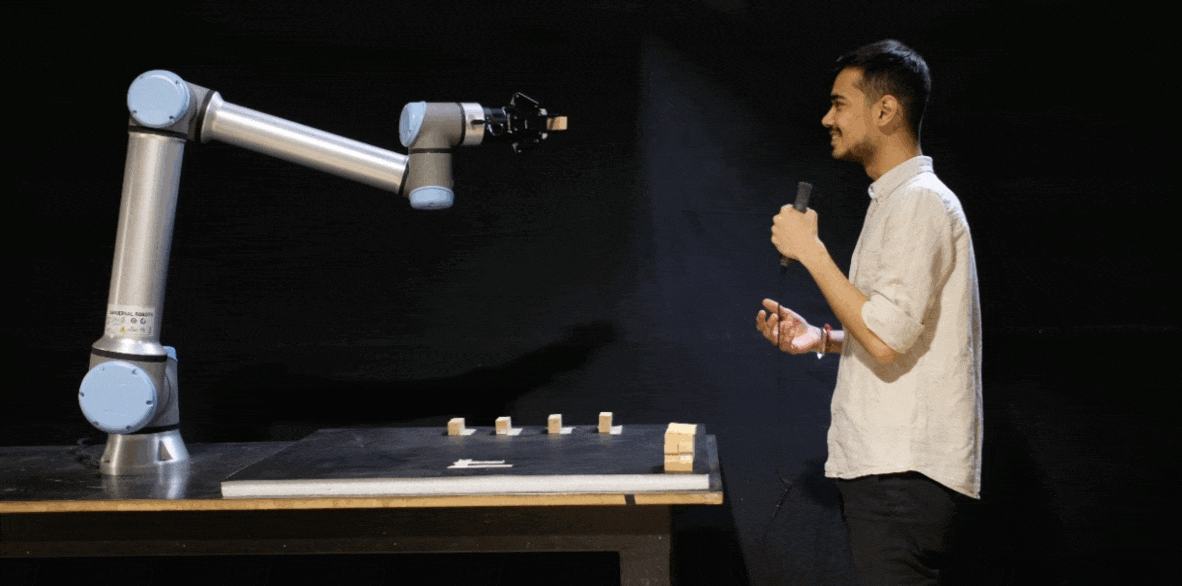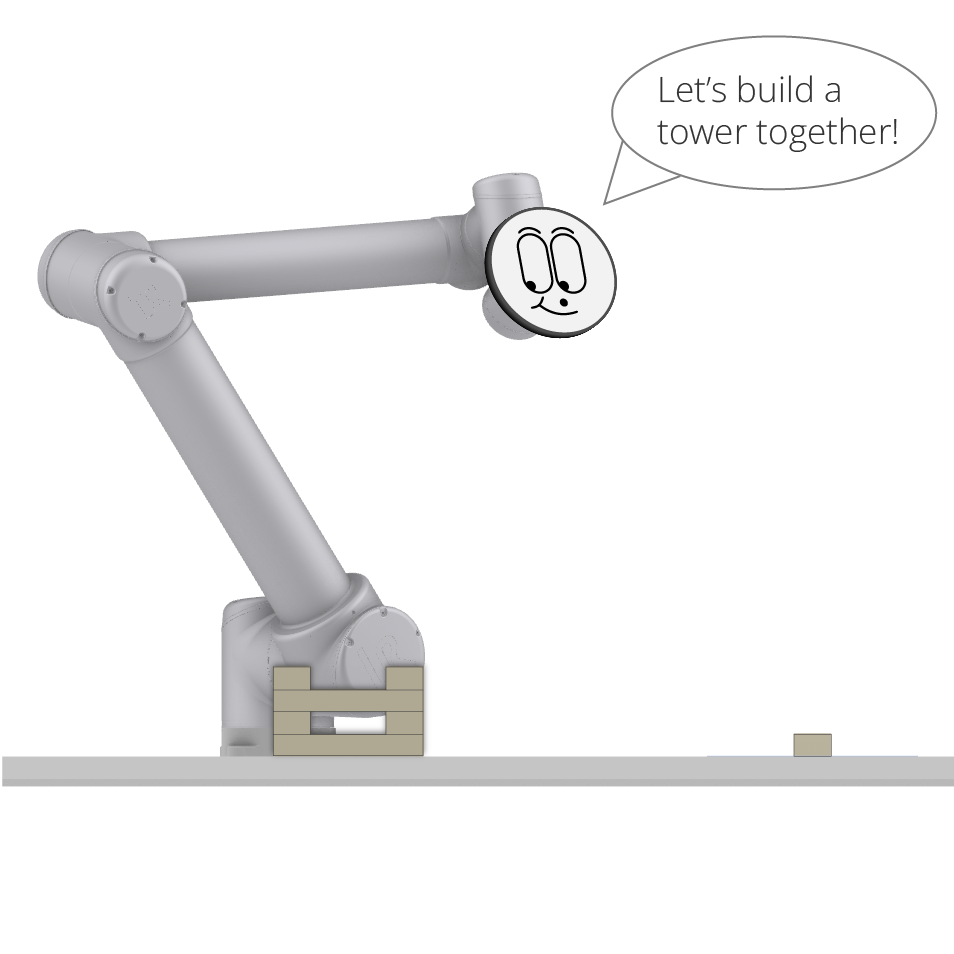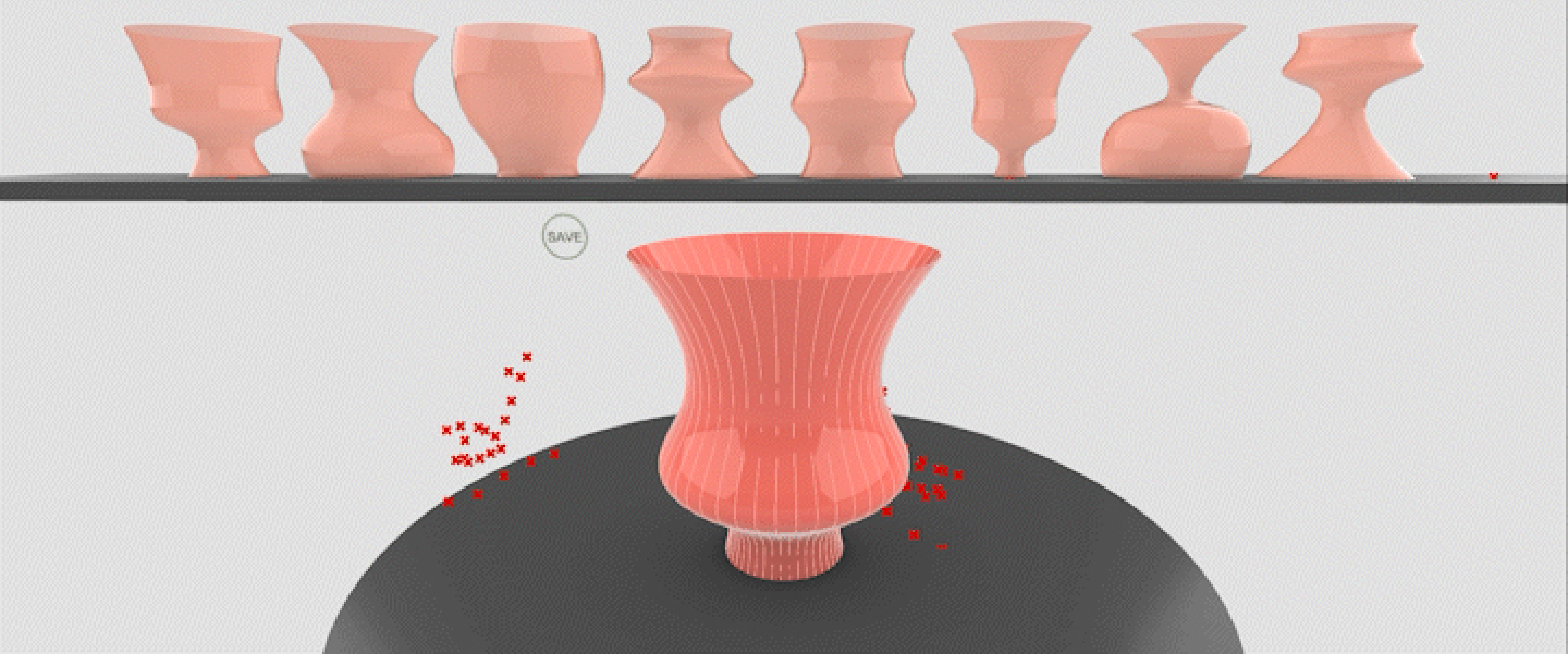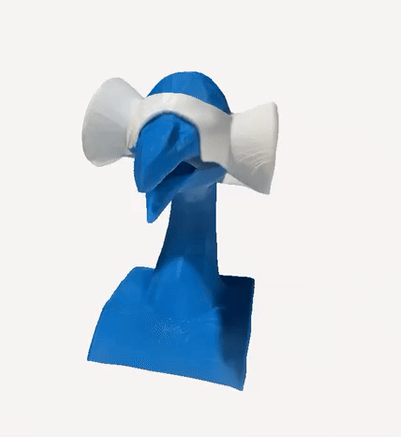The Master in Robotics and Advanced Construction (MRAC) seeks to train a new generation of interdisciplinary professionals who are capable of facing our growing need for a more sustainable and optimised construction ecosystem. The Master is focused on the emerging design and market opportunities arising from novel robotic and advanced manufacturing systems.
Through a mixture of seminars, workshops, and studio projects, the master programme challenges the traditional processes in the Construction Sector. It investigates how advances in robotics and digital fabrication tools change the way we build and develop processes and design tools for such new production methods.
Timber Narratives
Building on the principles of disassembly explored last semester, this phase of the Timber Narratives project delves deeper into advanced data-driven design strategies. We now capture and utilize timber colour values through enhanced scanning technologies, integrating this data into our designs. Additionally, we’ve implemented machine learning with logistic regression for precise categorization of timber for … Read more
ReWeave_3.0
Abstract: The ReWeave project develops a robotic system to repurpose construction and demolition (C&D) waste into functional, attractive walls, enhancing human-robot collaboration. We created a database by scanning broken tiles to extract shape, size, and color information, then developed custom nesting algorithms to optimize tile arrangement. The workflow includes scanning tiles, exporting outlines via ROS, … Read more
RELIVING
State of the Art and Minimum Value Proposition There is an overstocking of small to medium trees over Europe due to poor firing and soil cultivation conditions, most of this trees have the diameter of 10-25 cm and depending on the species and cultivation conditions some of then are crooked and can’t be used by … Read more
Robot of Babel
नमस्ते – مرحبًا – OLÁ – HOLÁ AIM Our aim is to make Human Robot Collaboration accessible to a variety of users via different languages by developing a speech to toolpath interface. RELEVANCE METHOD Workflow As the participant enters the room, they are greeted by a robot with a friendly waving motion. The participant can … Read more
#Being_Humane
What if you can control your Cobot with only hand gestures and you can work effortlessly? That’s what we came up with this experiment of using Multi agent systems to control the engagement of a collaborative robot (ur10e).Our workshop highlights an innovative approach to controlling cobots using hand gestures. This method aims to facilitate effortless … Read more
BLABBER BOT
Building Together, One Word at a Time AIM The aim of this project is to enhance human-robot collaboration through the development of a user-friendly system that creates an inclusive environment. Text-to-speech (TTS) and speech-to-text (STT) systems enable humans and robots to communicate in anintuitive and engaging way. Relevance One major issue was that the human … Read more
Hey Jarvis, let’s Collaborate!
This project explores a framework for Human-Robot Collaboration (HRC) and behavioural fabrication, focusing on constructing a Jenga-like tower using small timber blocks. Using the Agent-Based Modeling system (ABxM) from the Institute for Computational Design and Construction (ICD), a communication network was established integrating a human participant, a computer vision system, and an interactive audio interface. … Read more
ReWeave_3.0_Gamified
Abstract The escalating challenge of managing construction and demolition waste necessitates innovative approaches to enhance sustainability in the construction industry. This research proposes an automated robotic workflow leveraging Multi Agent Systems (MAS) and computer vision to repurpose planar construction waste materials, such as tiles, into new construction elements like bricks or walls. The primary objective … Read more
Agent-based Manufacturing System
Industry Setup Relevance: ABMS could be a twist on traditional manufacturing by using software agents to control different parts of the process. Imagine a factory where machines, workstations, and even software programs aren’t just following instructions but can somewhat act and decide independently. This helps in faster problem-solving mechanisms and could help reduce human intervention … Read more
Factory Floor: Automating Raw Wood Panels
The aim of this Seminar was to imagine a scenario where the Studio Project could be imagined on an industry floor with full automation. In order to understand the workflow and position of each station to fabricate a facade made from raw edge sticks an an agent based system was sketched as diagrams in order … Read more
Glazing Smart Factory
Our course aims to explore the complexities of automated collaborative multi-agent systems across various environments. To achieve this, our focus lies on implementing a solution for our studio project: robotic glazing. Our objective is to address a hypothetical scenario wherein we aim to upscale the glazing process while retaining the adaptability necessary for mass customization. … Read more
Jasper’s Diner
A virtual reality (VR) experience, Jasper’s Diner immerses users in a lively and unpredictable diner environment, where every interaction impacts the world around them. Our everyday choices, specifically food consumption, have significant environmental consequences. The purpose of our VR experience is to show users in a funny and ridiculous way how meat consumption contributes to … Read more
Shape it, feel it
Working in 3D CAD environments can be restrictive. While most CAD software provides tools for creating shapes and generating ideas, they often rely on a mouse and keyboard, or are very expensive. “Shape it, Feel it” investigates opportunities to generate shapes using a computer’s webcam and hand gestures. We utilize cheap and readily available hardware … Read more
CRUSHING NEWS
#Feelit context Aim: Experiencing the news in a different way , To make you feel by making you experience the news with physical sensations and enhanced visual effects. it’s a comment on human desensitization. POTENTIAL APPLICATION AND USERS OVERALL WORKFLOW Software UNREAL ENGINE Unreal was used to create the environment of the AR experience , … Read more
Peacock Immersive Experience
Concept Most of Virtual Experiences are designed and model for humans and by humans. In this scenario believe the overall concept is that the game platform is seen from the perspective of an animal. References Aim “Our goal is to offer humans a unique experience through the eyes of a peacock. This game platform immerses … Read more

